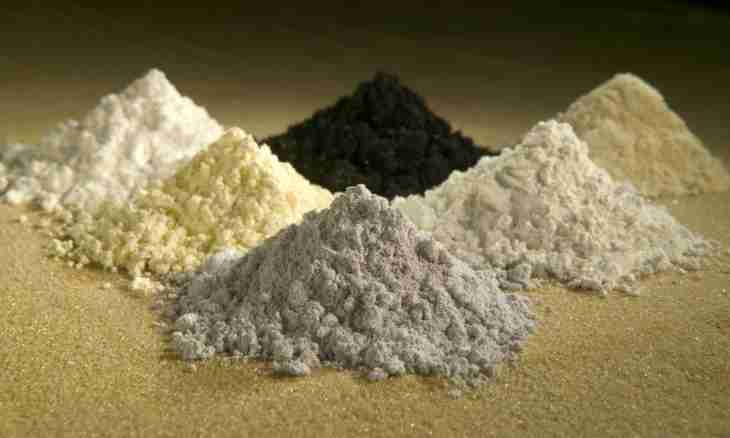Chlorine – an element of the main subgroup of the VII group of the table of D.I. Mendeleyev. It has serial number 17 and relative atomic mass 35.5. Except chlorine, this subgroup includes also fluorine, bromine, iodine and astatine. All of them are halogens.
Instruction
1. As well as all halogens, chlorine – the p-element, typical nonmetal, under usual conditions exists in the form of diatomic molecules. On an external electron layer atom of chlorine has one not coupled electron therefore the valency of I is characteristic of it. In wild spirits the number of not coupled electrons can increase therefore chlorine can show also valencies of III, V and VII.
2. Cl2 under usual conditions is poisonous flavovirent gas with a characteristic pungent smell. It is heavier than air by 2.5 times. Chlorine steam inhalation, even in small amounts, leads to irritation of airways and cough. At 20 °C in one volume of water 2.5 volumes of gas are dissolved. Water solution of chlorine is called chloric water.
3. Chlorine almost does not meet in the nature in a free look. It is widespread in a type of connections: NaCl table salt, KCl∙NaCl sylvinite, KCl∙MgCl2 carnallite and others. The large number of chlorides contains in sea water. Also this element is a part of a chlorophyll of plants.
4. Industrial chlorine is received electrolysis of chloride of NaCl sodium, fusion or water solution. In either case on the anode free Cl2 chlorine ↑ is emitted. The laboratory receives this substance at effect of the concentrated hydrochloric acid on KMnO4 potassium permanganate, oxide of MnO2 manganese (IV), KClO3 potassium chloride and other oxidizers: 2KMnO4+16HCl=2KCl+2MnCl2+5Cl2 ↑+8H2O, 4HCl+MnO2=MnCl2+Cl2 ↑+2H2O, +3N2O.Vse the listed reactions take place KClO3+6HCl=KCl+3Cl2 when heating.
5. Cl2 shows strong oxidizing properties in reactions with hydrogen, metals, some less electronegative nonmetals. So, reaction with hydrogen proceeds under the influence of quanta of light and in the dark does not go: Cl2+H2=2HCl (chlorohydrogen).
6. In interaction with metals chlorides turn out: Cl2+2Na=2NaCl (sodium chloride), 3Cl2+2Fe=2FeCl3 (chloride of iron (III)).
7. From less electronegative nonmetals reacting with chlorine it is possible to call phosphorus and sulfur: 3Cl2+2P=2PCl3 (chloride of phosphorus (III)), Cl2+S=SCl2 (chloride of sulfur (II)). With nitrogen and oxygen chlorine directly does not react.
8. Chlorine interacts with water in two stages. At first salt HCl and hypochloric HClO of acid are formed, then hypochloric acid decays on HCl and atomic oxygen: 1) Cl2+H2O=HCl+HClO, 2) HClO=HCl+[O] (for reaction light is necessary). The formed atomic oxygen causes the oxidizing and bleaching effect of chloric water. In it microorganisms perish and organic dyes become colourless.
9. With acids chlorine does not react. With alkalis reacts differently, depending on conditions. So, chlorides and hypochlorites are in the cold formed, when heating – chlorides and chlorates: Cl2+2NaOH=NaCl+NaClO+H2O (in the cold), 3Cl2+6KOH=5KCl+KClO3+3H2O (when heating).
10. From bromides and iodides of metals chlorine forces out free bromine and iodine: Cl2+2KBr=2KCl+Br2 ↓, Cl2+2KI=2KCl+I2 ↓. With fluorides the similar reaction does not go as the oxidizing ability of fluorine is higher than oxidizing ability of Cl2.

